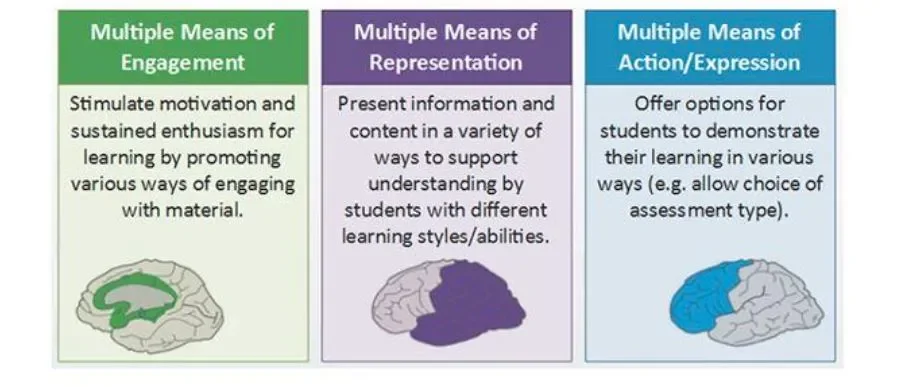
Universal Design for Learning
Creating an inclusive teaching environment through Universal Design
Universal Design for Learning, emphasises choice in all areas of your teaching – choice with how students engage with the material, how they learn and how they are assessed.
Universal Design for Learning Guidelines were initially created by the US organisation CAST, who wanted to improve teaching and learning environments by scientifically exploring how humans learn.
The guidelines can be summarised into 3 main areas:

UDL recognises and accommodates the individual learning styles, preferences and learning needs of all students. To ensure equitable access to the learning environment, academic staff should consider the diversity of the student body in the design, delivery and assessment of courses and modules.
The DLSS work closely with the Teaching Enhancement Unit in DCU to promote Universal Design for Instruction which is an educational framework that applies the principles of universal design to the teaching environment.
Below is a very brief introduction to UDL principles and some practical examples to apply to your teaching:
| CAST UDL Principle | Suggested Actions |
|---|---|
Provide Multiple Means of Engagement
|
|
Provide Multiple Means of Representation
|
|
Provide Multiple Means of Action and Expression
|
|
